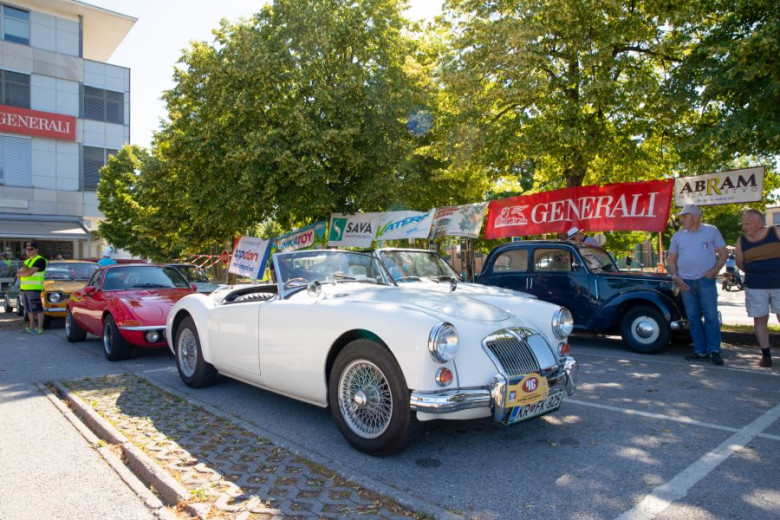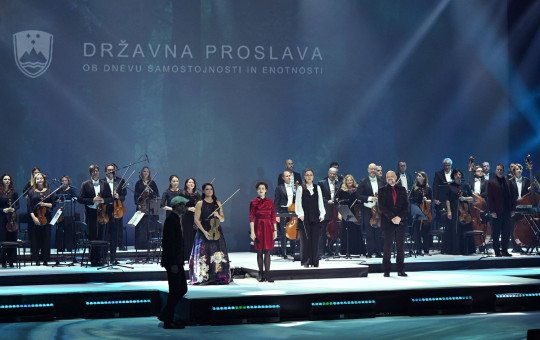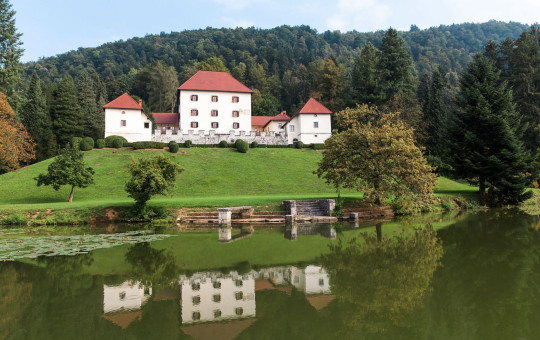Date: 1. August 2025
Time to read: 1 min
Today, families in Slovenia often own up to three cars, but just over a hundred years ago, the automobile was an intruder on Slovenian streets. Once a symbol of prestige, today it is a necessary evil. Horsepower was replaced by the smell of gasoline, dust, and exhaust fumes.
The history of Slovenian automobilism began on November 15, 1898, when Baron Anton Codelli brought his Benz Velo Comfortable to Ljubljana.
Codelli was the pioneer of automobilism in the Balkans.
Passersby watched with curiosity but also fear – the vehicle was loud, frightened livestock and children, and some even called it a “devil’s carriage.” At the time, the road traffic regulations from 1874 mandated driving on the left side. Codelli reportedly lost his first car in a card game in Nice, but the following year, he treated himself to a new Daimler Viktoria.
-
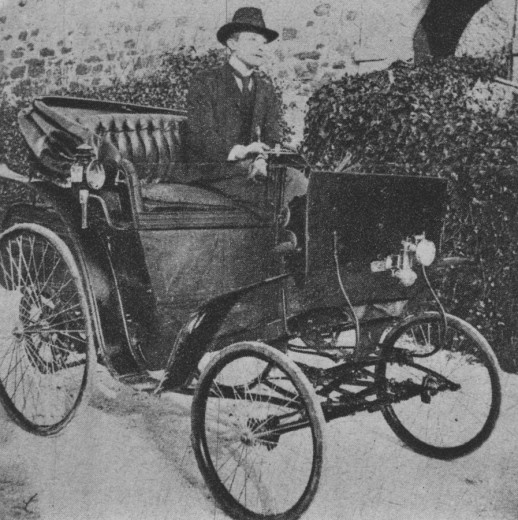 We know Baron Anton Codelli mostly in connection with the arrival of the first vehicle in Slovene lands. However, his inventions are much more important for European and global scale than only driving the first car through the streets of Ljubljana. Photo: wikipedia
We know Baron Anton Codelli mostly in connection with the arrival of the first vehicle in Slovene lands. However, his inventions are much more important for European and global scale than only driving the first car through the streets of Ljubljana. Photo: wikipedia
-
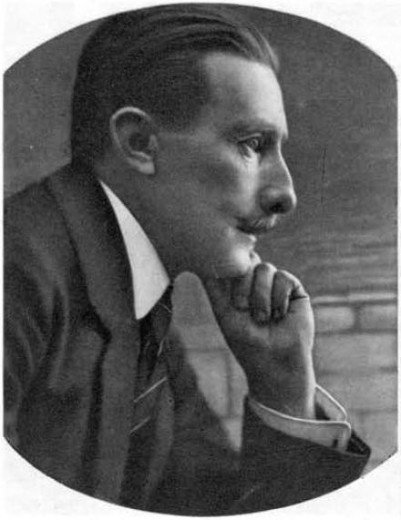 Baron Anton Codelli was an inovatior. Quite a few of inventions were related to his passion for automobiles: an ignition device, a car - food refrigerator, and even a rotary engine. Photo: wikipedia
Baron Anton Codelli was an inovatior. Quite a few of inventions were related to his passion for automobiles: an ignition device, a car - food refrigerator, and even a rotary engine. Photo: wikipedia
Codelli was also a race car driver and an enthusiastic motorcyclist, the inventor of a radio receiver, a motorized lawn mower, a spark plug, and a pioneer of African film. Today, a neighborhood in Ljubljana and a castle in Ljubljana is named Kodeljevo in his honor, and a vintage car enthusiasts' club also bears his name.
Although Codelli was the first motorist, the automobile was not the first modern means of transport in Ljubljana. Before its arrival, omnibuses, trams, and bicycles were already common. But the automobile was something entirely different – independent of horse-drawn carriages and faster, even if it barely exceeded 20 km/h.
With the introduction of traffic regulations in 1906 and the founding of the Carniolan Automobile Club in 1909, the organized era of automobilism began.
-
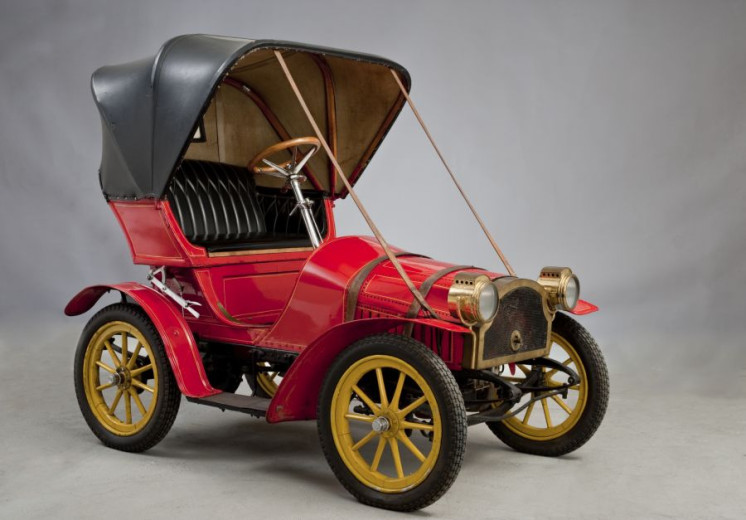 A passenger car from the earliest days of automobilism in our region. The small Piccolo is considered the oldest preserved passenger car in Slovenia, with a rich history of use. It has been part of the museum collection since 1953 and is one of the oldest exhibits at the Technical Museum of Slovenia. Photo: Technical Museum of Slovenia archive
A passenger car from the earliest days of automobilism in our region. The small Piccolo is considered the oldest preserved passenger car in Slovenia, with a rich history of use. It has been part of the museum collection since 1953 and is one of the oldest exhibits at the Technical Museum of Slovenia. Photo: Technical Museum of Slovenia archive
-
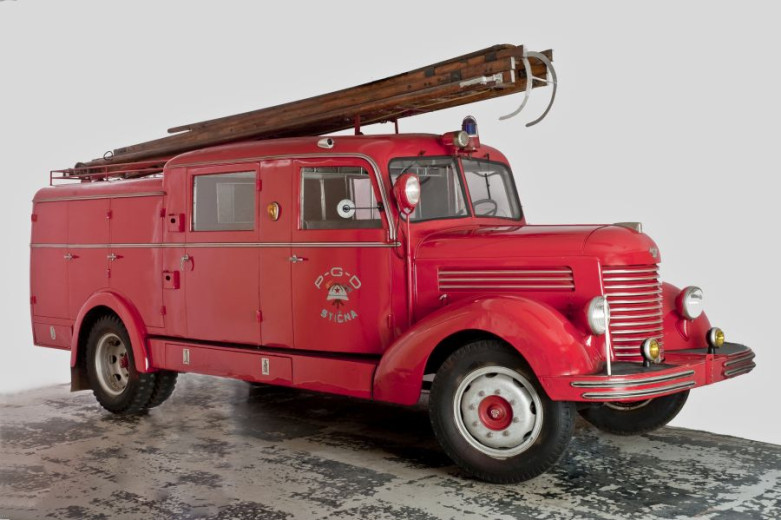 The TAM Pionir was the first truck to be mass-produced in the territory of present - day Slovenia. Made in Maribor under a license from the Czech company Praga, it was also very popular among firefighters. Photo: Technical Museum of Slovenia archive
The TAM Pionir was the first truck to be mass-produced in the territory of present - day Slovenia. Made in Maribor under a license from the Czech company Praga, it was also very popular among firefighters. Photo: Technical Museum of Slovenia archive
At first, only the wealthy could afford cars – craftsmen, politicians, doctors, and diplomats. Ivan Tavčar used them for work, and Ivan Hribar bought one for eight thousand crowns. Architect Jože Plečnik already included design solutions for automobiles in his plans. The Rustja brothers from Celje attempted to develop their own model before World War I. Also noteworthy was Janez Puh, who founded the Puch factory in Graz.
Among the first female drivers were Dr. Milena Mohorčič, Ksenija Hribar, and many female doctors and midwives – the car marked a step toward women's independence.
The Rise of Mass Motorization
The first race in Slovenian territory took place in 1920 near Vrhnika. By 1949, there were 852 registered cars in Ljubljana. Everything changed with the rise of the “Fičko” (Fiat Zastava 750). City authorities began limiting horse-drawn traffic, the first traffic lights were installed (1956), as well as parking lots and bicycle racks. The Vespa scooter was also extremely popular, especially among young men.
The 1950s saw the beginning of mass motorization – the production of domestic models (Fičo, Spaček, Katrca) and the assembly of foreign cars.
By 1962, Slovenia had 62,000 cars, and by 1975, this number had grown to 350,000.
-
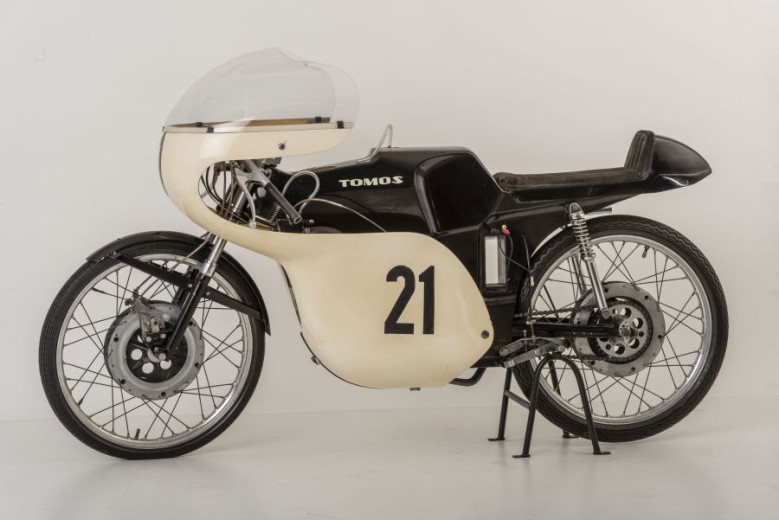 In addition to producing popular mopeds and reliable outboard motors, the Tomos factory in Koper also excelled on racing tracks. This innovative racing motorcycle from the 1960s, made of reinforced polyester, weighs only 38 kg and could reach speeds of up to 150 km/h. Photo: Technical Museum of Slovenia archive
In addition to producing popular mopeds and reliable outboard motors, the Tomos factory in Koper also excelled on racing tracks. This innovative racing motorcycle from the 1960s, made of reinforced polyester, weighs only 38 kg and could reach speeds of up to 150 km/h. Photo: Technical Museum of Slovenia archive
-
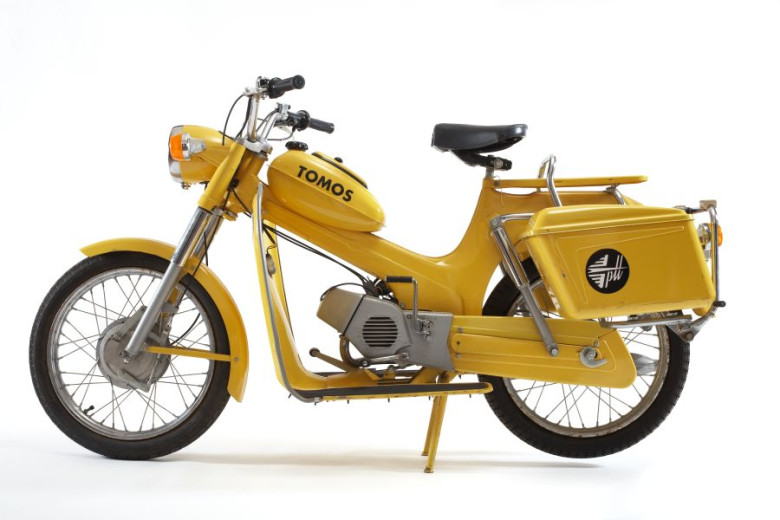 Motorcycles have long been a popular means of delivery. At the Museum of Post and Telecommunications in Polhov Gradec, part of the Technical Museum of Slovenia, you can see a modified Tomos APN4 used for postal delivery.
Motorcycles have long been a popular means of delivery. At the Museum of Post and Telecommunications in Polhov Gradec, part of the Technical Museum of Slovenia, you can see a modified Tomos APN4 used for postal delivery.
-
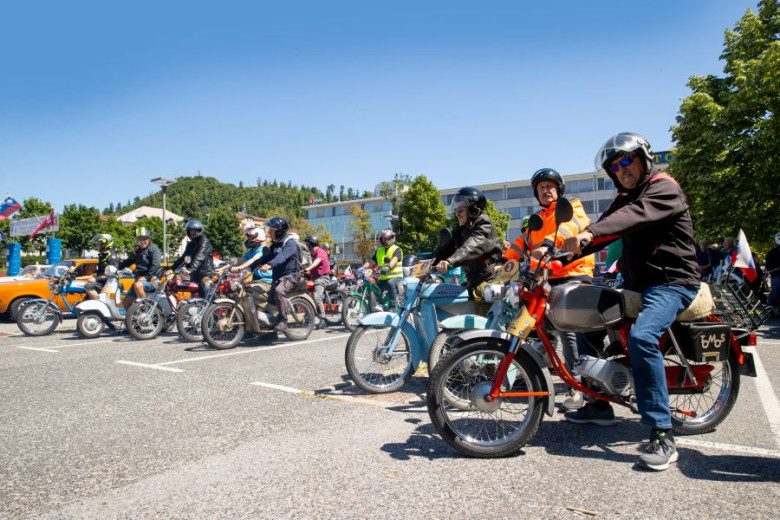 The TOMOS company was registered at the Commercial Court in Koper on 4th January 1955. Already during the preparations for the registration, a licence contract for the production of motorbikes with the Steyer-Daimler-Puch company from Graz in Austria was signed in 1954. Photo: The Federation of Slovene Clubs of Historic Vehicles Enthusiasts archive
The TOMOS company was registered at the Commercial Court in Koper on 4th January 1955. Already during the preparations for the registration, a licence contract for the production of motorbikes with the Steyer-Daimler-Puch company from Graz in Austria was signed in 1954. Photo: The Federation of Slovene Clubs of Historic Vehicles Enthusiasts archive
The Cars of Josip Broz – Tito
A special chapter in automobilism is the collection of cars owned by Yugoslav president Josip Broz – Tito. These include the ZIS 115 (a gift from the Soviet Union), Packard Clipper, Cadillac Fleetwood 85, Packard 12 (a personal gift from Stalin), Horch 951 A Pullman Cabriolet, and other luxury models. Fifteen of his cars, a scooter, and a motorized sleigh are now on display at the Technical Museum of Slovenia in Bistra.
-
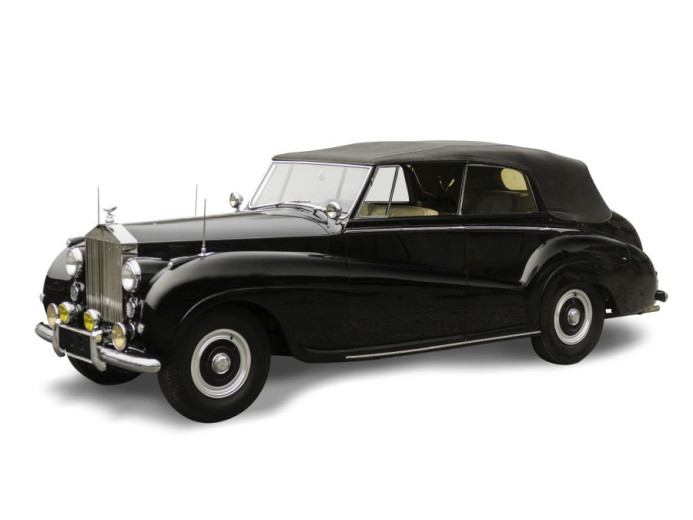 This unique limousine was a gift from the Slovenian government to the former Yugoslav president Josip Broz Tito. The prestigious car was custom-made and is now part of the Technical Museum’s collection of state protocol vehicles. Technical Museum of Slovenia archive
This unique limousine was a gift from the Slovenian government to the former Yugoslav president Josip Broz Tito. The prestigious car was custom-made and is now part of the Technical Museum’s collection of state protocol vehicles. Technical Museum of Slovenia archive
-
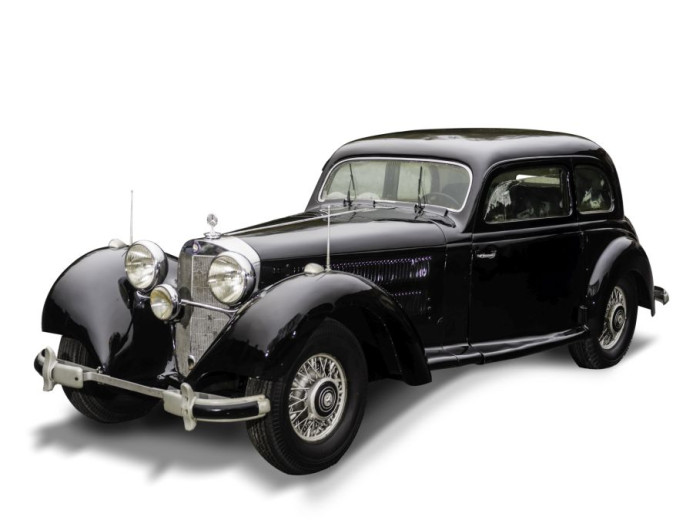 The Mercedes-Benz 540K was one of the most prestigious car models before World War II. During the war, it was confiscated from its then-owner, specially armored, and assigned to German general Alexander Löhr. At the end of the war, it was handed over to the Yugoslav leadership. Photo: Technical Museum of Slovenia archive
The Mercedes-Benz 540K was one of the most prestigious car models before World War II. During the war, it was confiscated from its then-owner, specially armored, and assigned to German general Alexander Löhr. At the end of the war, it was handed over to the Yugoslav leadership. Photo: Technical Museum of Slovenia archive
Preserving the Heritage
Among motorcycles, the oldest privately owned vehicle in Slovenia is an Indian Camelback – Single, manufactured in the USA. Among four-wheeled vehicles, the oldest is a Fiat Ter 15 truck from 1911. The leading brand by volume is Tomos, representing more than 12% of all vehicles. Among cars, Volkswagen is the most represented brand, especially the globally successful Beetle model, with engine sizes ranging from 1100 to 1600 cc.
Interest in purchasing vintage cars is growing. Many lower-priced vehicles are purchased from Balkan countries, mostly from the Zastava range.
More expensive vehicles, which also serve as investments, are luxury brands from Europe, the USA, and even Japan. These are cars that are well-maintained and mostly in original condition.
The Federation of Slovene Clubs of Historic Vehicles Enthusiasts organizes regional competitions and an annual championship, which has been held for 20 years. Eight competitions are planned across Slovenia this year. At the end of the season, the winning club hosts a trophy ceremony for both individuals and clubs. The Federation also organizes various international gatherings, exhibitions, and beauty contests.
The most visited event is the “Slovenian Vintage Car Selection – Concours d’Elegance,” held at the Technical Museum of Slovenia in Bistra. This year, it will take place on Saturday, September 20.
-
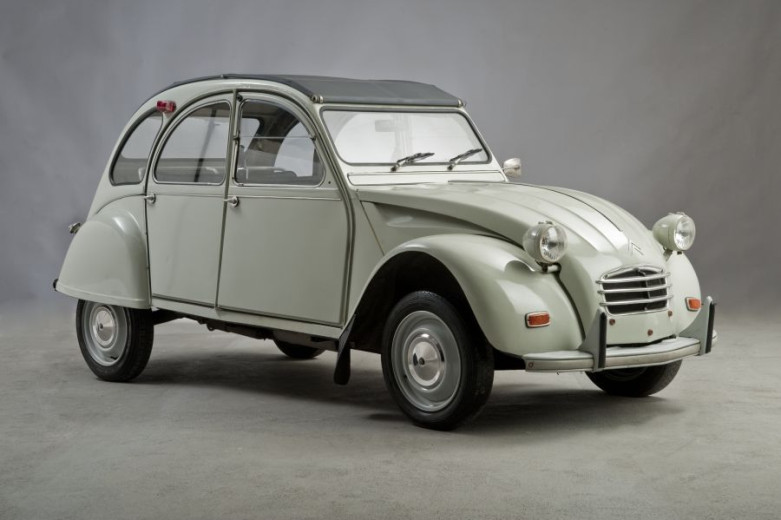 Did you know that the iconic Citroën 2CV was also produced in Slovenia? Under Citroën’s license, these popular cars with a 24-horsepower engine were manufactured by Tomos in Koper. Photo: Technical Museum of Slovenia archive
Did you know that the iconic Citroën 2CV was also produced in Slovenia? Under Citroën’s license, these popular cars with a 24-horsepower engine were manufactured by Tomos in Koper. Photo: Technical Museum of Slovenia archive
-
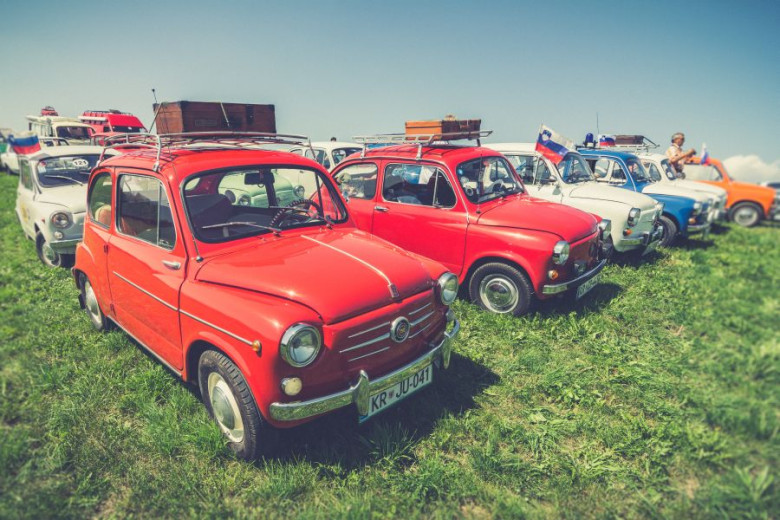 The Federation of Slovene Clubs of Historic Vehicles Enthusiasts is organizer of different types of events and the National Championship for historic vehicles. Photo: The Federation of Slovene Clubs of Historic Vehicles Enthusiasts archive
The Federation of Slovene Clubs of Historic Vehicles Enthusiasts is organizer of different types of events and the National Championship for historic vehicles. Photo: The Federation of Slovene Clubs of Historic Vehicles Enthusiasts archive
-
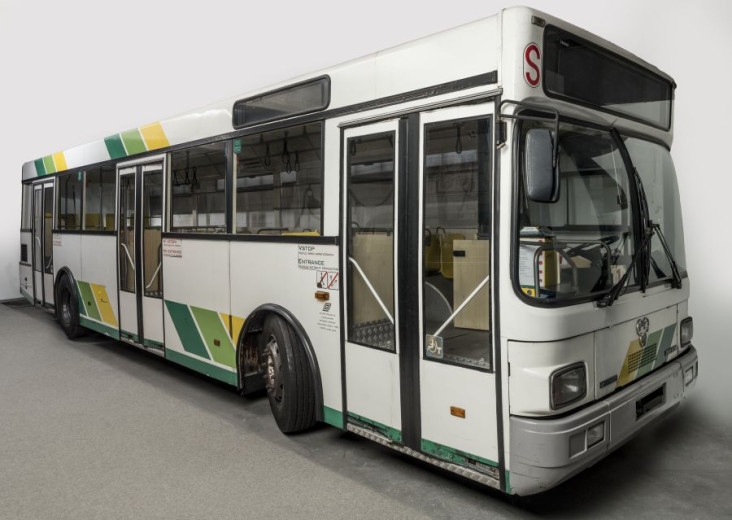 On display in Bistra is a bus from Ljubljana’s public transport company (LPP), produced through a collaboration between two major industrial firms – Maribor’s TAM supplied the chassis and engine, while the body was built by Avtomonta in Ljubljana. Photo: Technical Museum of Slovenia archive
On display in Bistra is a bus from Ljubljana’s public transport company (LPP), produced through a collaboration between two major industrial firms – Maribor’s TAM supplied the chassis and engine, while the body was built by Avtomonta in Ljubljana. Photo: Technical Museum of Slovenia archive
Membership in these clubs is also on the rise, and the number of clubs is growing. Over 50 registered vintage vehicle clubs are members or in the process of joining the Association. The Association works very actively and in close cooperation with its member clubs.
It also collaborates excellently with the Technical Museum of Slovenia in Bistra, the Slovenian Association of Restorers, the Traffic Safety Agency, and other museums and regional archives across Slovenia.
Club members pass on their historical and technical knowledge to younger generations and cooperate with primary and secondary schools. These clubs are not merely fans of “old metal,” but see their mission primarily as the preservation of technical heritage.
-
 The Federation of Slovene Clubs of Historic Vehicles Enthusiasts was founded on September 19th, 1997. Photo: The Federation of Slovene Clubs of Historic Vehicles Enthusiasts archive
The Federation of Slovene Clubs of Historic Vehicles Enthusiasts was founded on September 19th, 1997. Photo: The Federation of Slovene Clubs of Historic Vehicles Enthusiasts archive
-
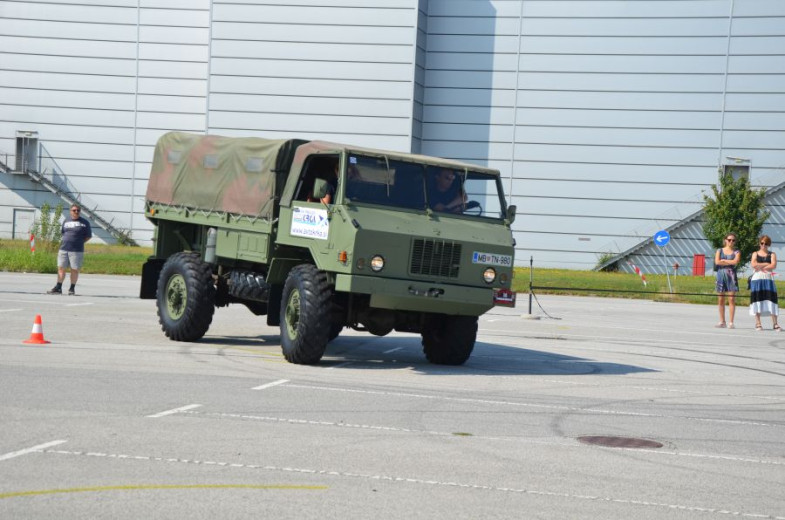 Regular yearly seminars and trainings for Technical Scrutineers and Event Marshals are organized by The Federation of Slovene Clubs of Historic Vehicles Enthusiasts. Photo: The Federation of Slovene Clubs of Historic Vehicles Enthusiasts archive.
Regular yearly seminars and trainings for Technical Scrutineers and Event Marshals are organized by The Federation of Slovene Clubs of Historic Vehicles Enthusiasts. Photo: The Federation of Slovene Clubs of Historic Vehicles Enthusiasts archive.

